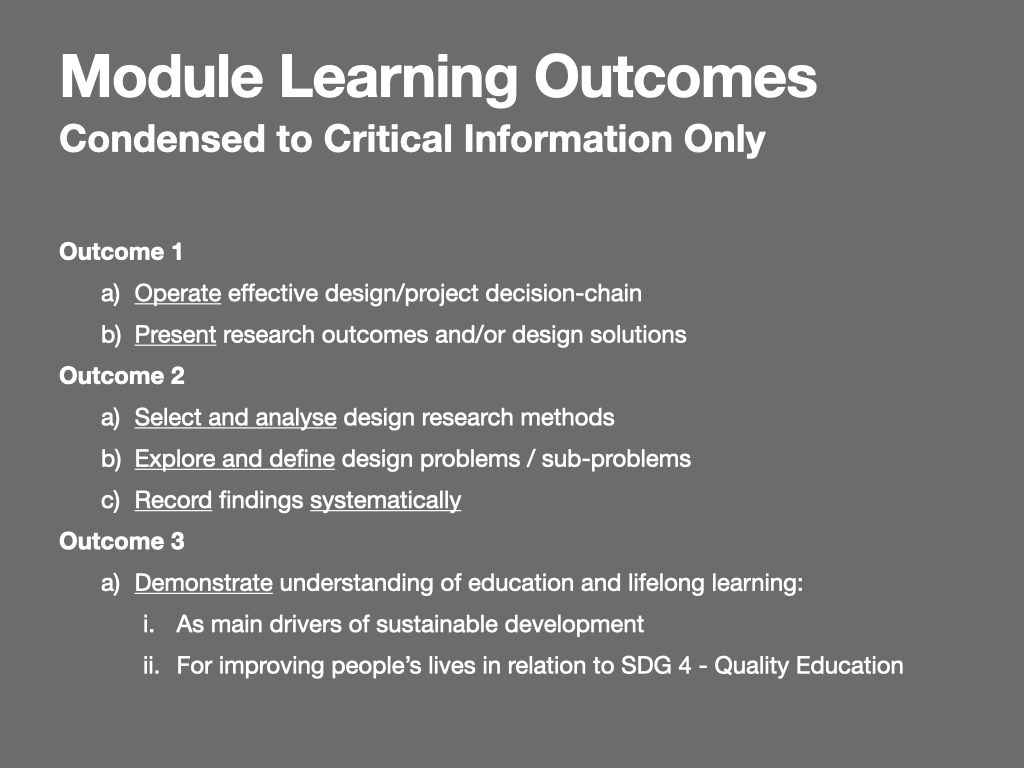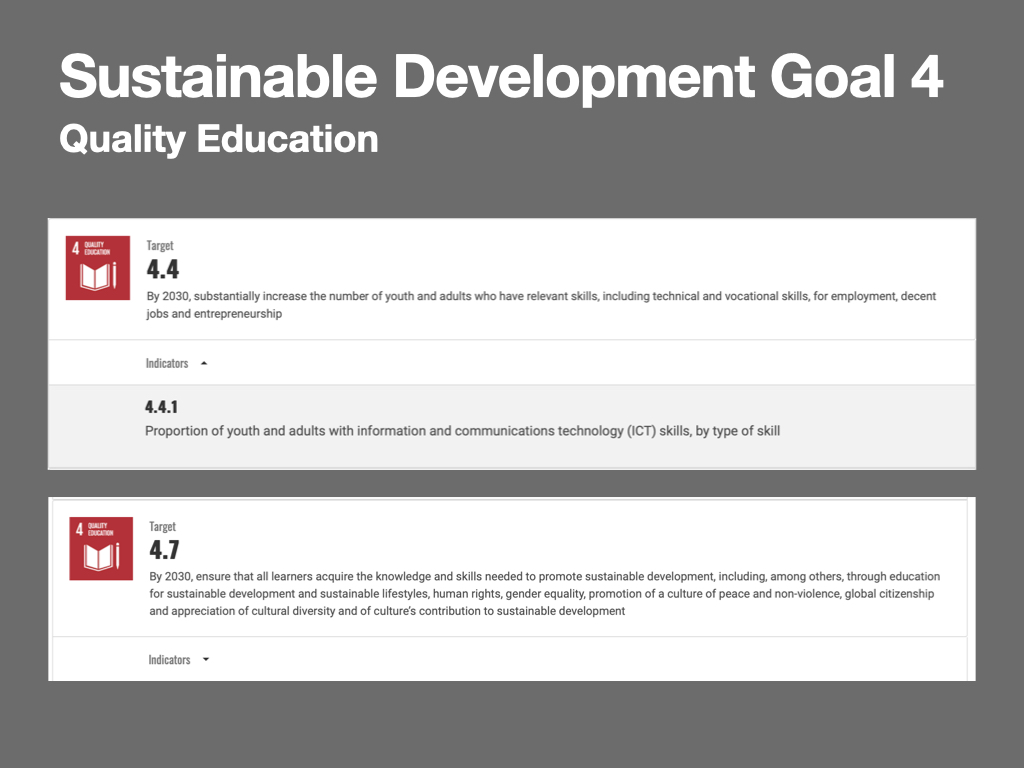I’m excited to start studying the final module on the MA Digital Media Practice programme, and I’m hoping to take the opportunity to stretch my skill set and prepare for study at PhD level. In contrast to previous projects, this one will address a research title that I proposed in the module DM7915:
A Practical Investigation into How an E-Commerce Mobile Platform Could Be Adapted to Accommodate for High Need-For-Touch (NFT) Consumers
You can find all of my preparation work and proposal at this link:
I’m hoping that this project will not only contribute to my portfolio and employability, but will provide me with a basis of knowledge to write a PhD proposal, researching the human-computer interaction (HCI) between high need-for-touch (NFT) users/consumers, the retail industry, and mobile devices. I am on course to answer all three hypotheses that were established in my proposal, and these would be valuable contributions to my PhD proposal, especially considering that I would like to start studying in January 2023.

Since starting my studies on the programme, I have established a positive habit of producing learning goals at the beginning of each module. Today, I have planned a few tasks that I will complete in the next 12 weeks to address each of my learning goals. In particular I’m looking to expand my high-fidelity prototyping skillset to include software such as Invision or Figma; both software packages are commonly used in the User Experience industry and would be worthwhile additions to knowing just Adobe XD.

Further to this, I’ve spent a little bit of time becoming acquainted with the learning outcomes for the module. To help process this I have simplified and listed them with the aim of being able to assess my own performance in 10 weeks time. This will provide a few weeks grace period for me to amend my work should I fall short of one of the learning outcomes.

Overall, I am confident that my proposed project will enable me to meet all of these learning outcomes, however some may present more of a challenge than others, so I have already begun researching how I may achieve them. In reference to Learning Outcome C, ‘demonstrate an understanding of the importance of education and lifelong learning opportunities for all’, I have identified targets 4.4 and 4.7 on the United Nation’s Sustainability Goals website, which reference the need for learners to acquire technical and vocational skills, and ‘the knowledge and skills needed to promote sustainable development’ and to be educated on living ‘sustainable lifestyles’. Within the scope of this project, there is opportunity for me to address this in a multitude of ways (United Nations, n.d.):
Firstly, I will continue my ongoing reflective habit of producing a weekly blog. The focus of this blog will primarily be to record my decision making and evidence the development of my project. However, I will also regularly reflect upon how my decision making could positively impact my client’s ability to promote sustainable development and sustainable lifestyles to the their customers. I believe that this habit aligns with the client’s ethos, as they claim to be environmentally friendly and ‘[celebrate] the best of our natural environment’, and will form a persistent reminder of my commitment to demonstrating and understanding of SDG4 (Johnson, 2020).
Further to this, I will endeavour to implement methods of promoting the sustainable development of products and educating consumers on living sustainable lifestyles into the final prototype(s) that I provide to the client. Based upon the outcomes of my literature review, it is plausible that these methods may include 3D images, haptic imagery, and ‘online touch surrogate videos,’ all of which, to an extent, have potential to promote sustainable development, human rights, gender equality, a culture of peace and non-violence, global citizenship, and an appreciation of cultural diversity (Løkke‐Andersen, Wang and Giacalone, 2021; UNESCO, 2018).
The recommendations put forward by this project in regards to implementing technologies to cater for consumers with a high need for touch, will also need to consider the viability for exclusively-online retailers of varying sizes. These technologies maybe expensive or require significant technical and vocational skills, and therefore the pipeline of youth and adults with the skills must also be considered for the recommendations to be practicable.

In the coming week I will begin to mindmap some of the challenges, opportunities and potential solutions that I could apply to this module. I will also dedicate some time to planning in the form of a GANTT chart, as well as try to establish a client that I can work with so that I can apply some of my research knowledge to a real world context.
References
Johnson, C. (2020). Welcome to Blossom & Easel. [online] Blossom & Easel. Available at: https://www.blossomandeasel.com/blogs/our-story/welcome-to-blossom-easel [Accessed 24 Jun. 2022].
Løkke‐Andersen, C.B., Wang, Q.J. and Giacalone, D. (2021). User Experience Design Approaches for Accommodating High ‘Need for Touch’ Consumers in Ecommerce. Journal of Sensory Studies. [online] doi:10.1111/joss.12727.
UNESCO (2018). Sustainable Development Goal 4 and Its Targets. [online] UNESCO. Available at: https://en.unesco.org/education2030-sdg4/targets [Accessed 20 Jun. 2022].
United Nations (n.d.). Goal 4 | Department of Economic and Social Affairs. [online] United Nations Sustainable Development Goals. Available at: https://sdgs.un.org/goals/goal4 [Accessed 25 Jun. 2022].